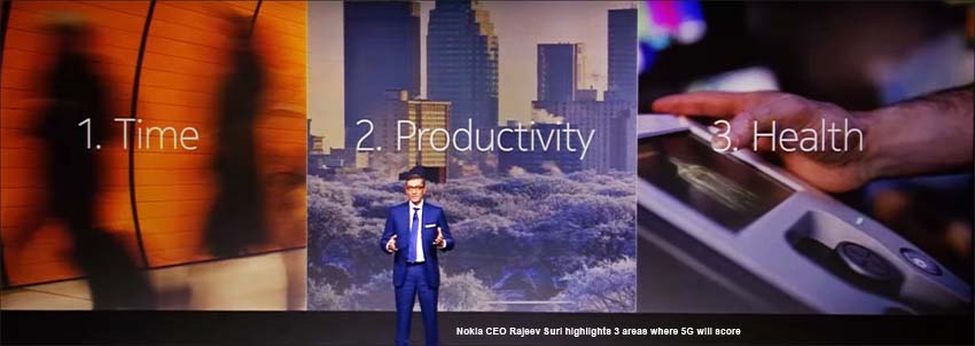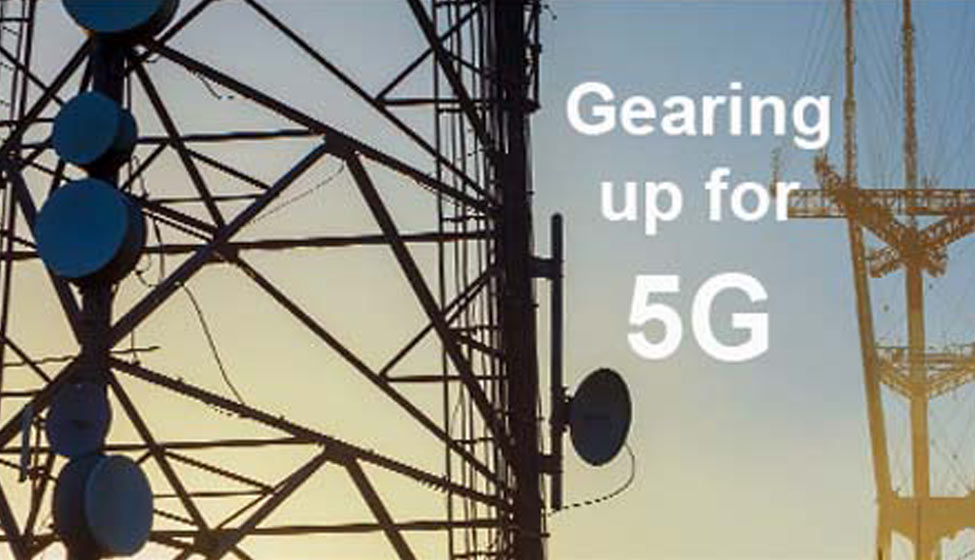In October last year, India’s largest spectrum sale ended after five days of bidding, with the government raising Rs 65,789.12 crore in revenue. Some 965 MHz of spectrum was sold—of 2354.55 MHz put up for auction—just 41 %. Monewise, it was a fraction of the Rs 5.63 trillion base price that the government had set.
It is a scientific fact that lower frequencies cover longer distances and save on the number of cell towers needed. Yet of the seven bands auctioned ( 700 MHz, 850 MHz, 900 MHz, 1800 MHz, 2100 MHz, 2300 MHz and 2500 MHz ), the two lowest frequency bands on offer—700 and 900 MHz remained unsold. Why? Because of the impossibly stiff reserve price on them.
A short sighted government gloated: "The total upfront payment of Rs 32,000 crore is the highest upfront payment received in five years!" It was a classic case of killing the golden goose. By its avaricious pricing, it had effectively shut the door to faster, more efficient communications precisely when it was needed most: when the world is preparing to move from 4G to 5G in wireless technology, around 2020.
On one hand, demonetization was pushing the nation to a new era of less-cash, e-payments. On the other, government had hamstrung the telecom industry from rolling out the faster, more reliable networks needed to support such a massive switch to e-cash options.
5G is not just about faster data speeds—for the first time these would touch 1 GBPS or 1000 MBPS compared to around 100 MBPS tops today. It was more about quality than quantity.

Rajeev Suri, President and CEO of Nokia says 5G will make a huge change in Time, Productivity and Health. "Technology took time away from us. The Future can give it back", he feels. As regards productivity, simple actions will perform complex tasks in the near future o 5G, even as robotics and automation will influence health giving in a myriad ways. All this is the promise of 5G.
But should the world get bogged down in the nitty gritty of auctions of scarce spectrum? No said, Kalpak Gude, President of the Dynamic Spectrum Alliance last week. He was admittedly not speaking specifically of the Indian situation, but there are learnings to be had.
DSA is a global cross industry alliance focused on increasing dynamic access to unused radio frequencies. India-born Gude assumed his position at DSA, in November last year, after an earlier tenure as Vice President of Legal, Regulatory, at OneWeb, an organisation tackling the issue of affordable global connectivity. He has also served as Associate Bureau Chief at the Federal Communications Commission (FCC) in Washington, D.C., where he gained insight into complex political and regulatory areas.
His views are important in an environment, where government seems bent on milking every last paisa from spectrum, without measuring the effect such high pricing will have on the ability of service providers to reach the country's unreached, with Internet and telecom connectivity.

Speaking at the Pacific Telecommunications Council (PTC) annual conference in Hawaii, Gude told the audience that while there have been, and continue to be, great technological advancements, the industry must face facts: “We must either embrace new sharing techniques to drive spectrum efficiency, while still protecting incumbent services, or continue to spend our energy on the spectrum battles of scarcity and diminish the possibilities of the future wireless world.”
He added: “Spectrum auctions are a symbol of scarcity—a way to ration what we have left—however it focuses energy in the wrong place. Every conversation about spectrum today begins and ends with the question of limits, but the spectrum revolution can end this. With the technological advances that have occurred, spectrum scarcity is not a necessary law of nature. Dynamic spectrum sharing is a solution to overcome, and ultimately end, the focus on limits and it will be at the heart of the future 5G world.”
Gude commented on how at its core the new 5G world is all about wireless solutions and connectivity enabling, among other things, the Internet of Things (IoT). However, he mentioned it is more than just faster internet, it is about satisfying our societal expectations of being connected anywhere and everywhere, without limits.
“To satisfy the expectations, however, 5G cannot have a one-size-fits-all approach to spectrum management if it is to meet the differing demands. Low-band, mid-band, and high-band spectrum, each with its own strengths, will need to be available and abundant. Dynamic spectrum sharing, with a regulatory structure embracing unlicensed and lightly-licensed regulations, is the only way to satisfy these growing spectrum requirements. In turn, this will enable the IoT and provide connectivity anywhere and everywhere to bring the benefits of the connected future to the four billion that currently are not part of the global conversation,” concluded Gude. His comments come ahead of the Dynamic Spectrum Alliance’s fifth annual Global Summit, which takes place between 9 and 11 May 2017, in Cape Town, South Africa.
Tech Note: TV White Spaces
Unused and largely unlicensed spectrum is widely recognized as a way for developing economies. These include the so called TV White Spaces—frequency bands (470-646 MHz ) vacated by the old terrestrial TV transmissions—that can be used to provide WiFi to millions of rural users and very little cost. Yet the Indian government has been hesitant in encouraging schemes to harness such white spaces when the initiative has come from players like Microsoft.
5G
5th generation mobile networks wireless systems, called 5G, are the proposed next telecommunications standards beyond 4G. 5G aims at higher capacity than current 4G, allowing higher number of mobile users per area unit, and allowing consumption of higher or unlimited data quantities in gigabyte per month and use. This would make it feasible for a large portion of the population to stream high-definition media many hours per day with their mobile devices, when out of reach of Wi-Fi hotspots. 5G also aims at improved support Internet of things, aiming at lower cost, and lower battery consumption than 4G equipment.The Next Generation Mobile Networks Alliance defines the requirements that a 5G standard should fulfill. These include Data rates of tens of megabits per second for tens of thousands of users and 1 Gb per second simultaneously to many workers on the same office floor.5G should be rolled out by 2020 to meet business and consumer demands. ( from Wikipedia)





